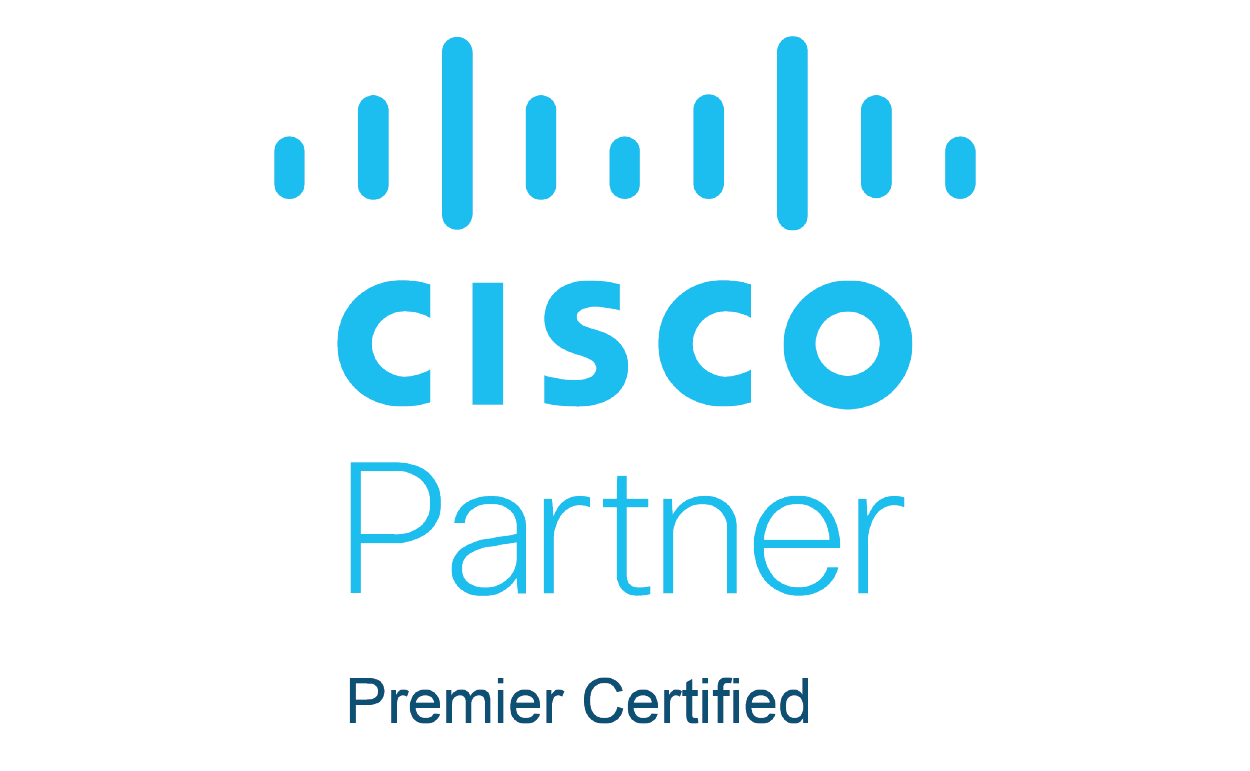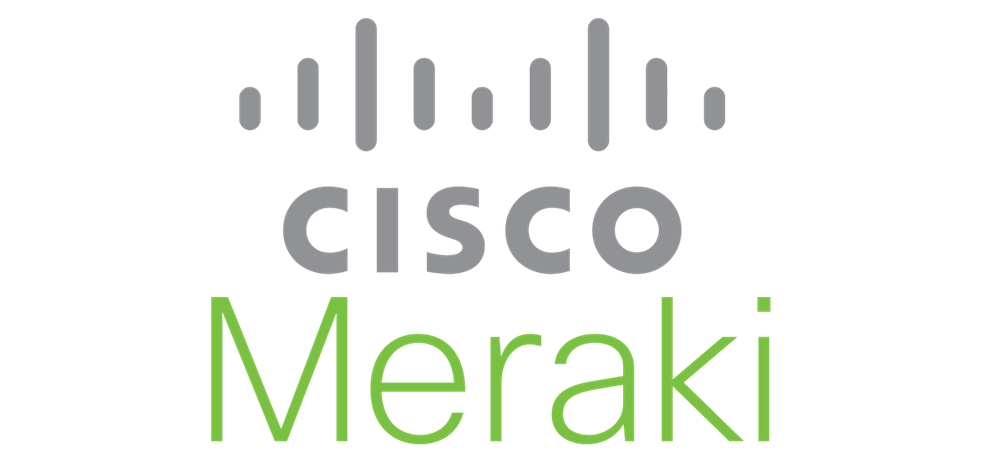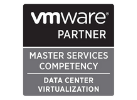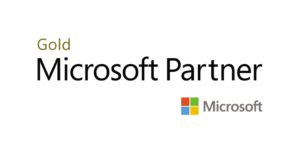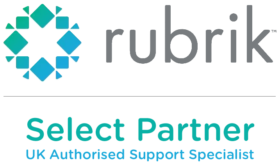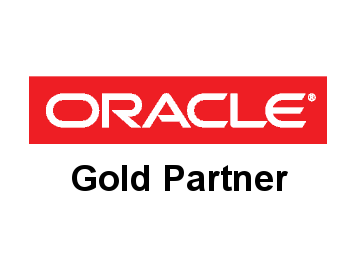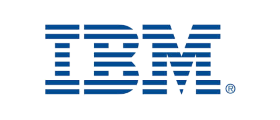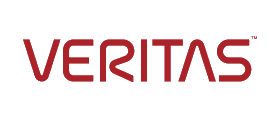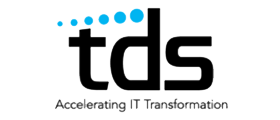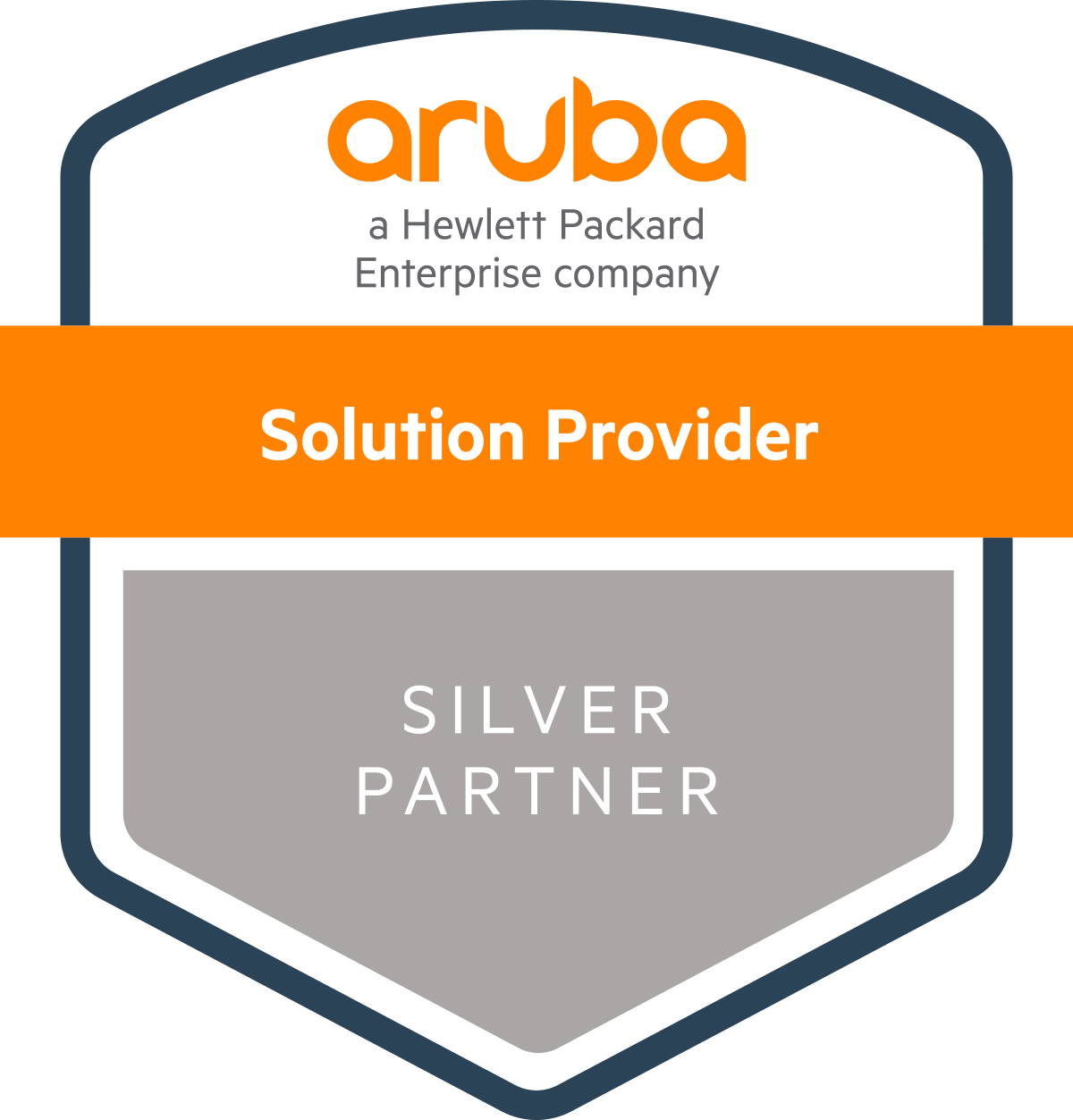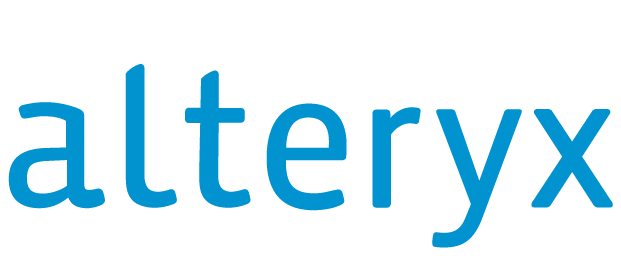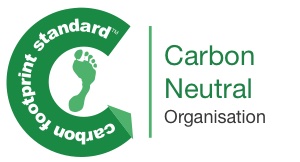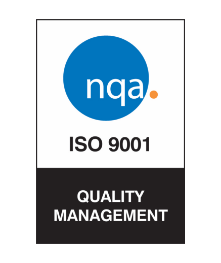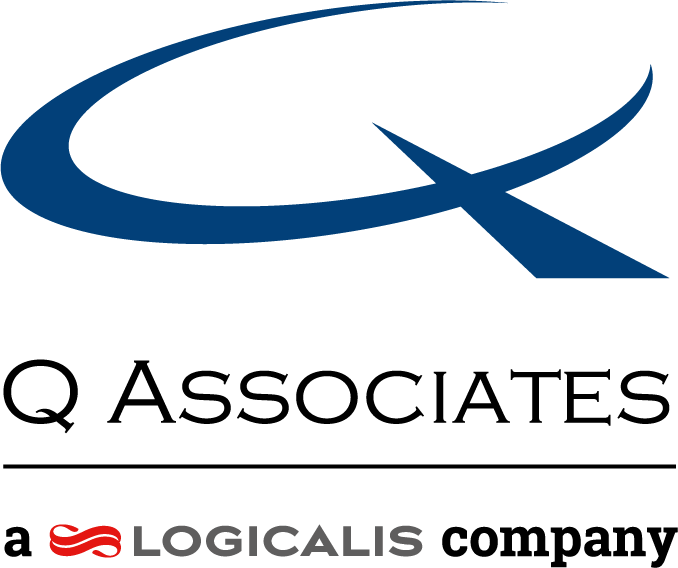
The rise of hybrid cloud computing: Part One
December 11, 2018
 Hybrid Cloud
Hybrid Cloud
At Q Associates, we’re seeing more and more companies combining the best technologies to keep up with the fast-paced IT climate of today. The result? More often than not, they’re turning to the hybrid cloud – a model made up of a mixture of on-prem infrastructure and both private and public cloud services, with orchestration between each platform – for help.
So, what exactly is hybrid cloud?
Hybrid cloud is a computing environment that provides a single, unified infrastructure. It gives you the ability to pick and choose both workloads and data to hold on-prem while migrating others to hyperscale services like AWS, Microsoft and Google. For example, using the hybrid model, organisations can use an on-prem private cloud to host important customer data such as personal details and financial information while utilising a public cloud provider to host less critical information at the same time. By allowing workloads to move between private and public clouds as both computing needs and costs change, hybrid cloud increases flexibility and gives businesses more data deployment possibilities.
Over time, the hybrid cloud’s presence has become dominant, making it one of the more popular IT infrastructure models for large companies. And rightly so…
In January 2016, RightScale’s ‘State of the Cloud’ Survey, which covered the latest cloud computing trends, showed private cloud adoption had increased from 63 percent to 77 percent, driving hybrid cloud adoption up from 58 percent to 71 percent year over year. And it doesn’t look like stopping any time soon. All signs point towards hybrid cloud adoption continuing to increase as more late adopters begin moving their workloads to the cloud.
The benefits of hybrid
Flexibility
For many organisations, flexibility plays a key role in the decision to move to the hybrid cloud. In today’s digital world and in every business vertical, companies are all aware of cloud technology and most are making movements towards implementing it. We’re seeing that many businesses are choosing not to give up on their on-premises IT. Instead, they’re using the more preferred mixed infrastructure (hybrid cloud) that we’ve been talking about. Legacy applications or workloads with unique security or compliance requirements are still hosted on premises, while public cloud is typically used for holding non-mission-critical applications like Microsoft Office, document management, test/dev and data storage and archiving.
Security
Organisations running multiple applications across different legacy systems may find it becomes necessary to deploy a range of cloud services to manage the complexity of their IT environments. A hybrid cloud approach makes the integration of applications, infrastructures and services, mitigating risk and simplifying management easy, all the while allowing IT to provide unified service levels. With the capacity to pick and choose which data you keep in your private cloud and which you move into the public cloud, the hybrid model is particularly valuable for highly changeable workloads, meaning a company with major fluctuations in demand can access additional computing resources from a public cloud to handle spikes whenever they’re needed.
Elasticity and Scalability
Growing companies will find that making accurate growth projections to scale on-premises infrastructure can be both risky and extremely expensive. What hybrid cloud does is it allows those companies to leverage their legacy environment and unite them with newer cloud resources, answering both cost and risk factors when looking to extend their IT potential.

Every business experiences their own highs and lows in demand. A flexible IT infrastructure makes this easier to manage as the public cloud services offer access to almost unlimited on-demand compute and storage, where you’re only required to pay for what you use. Access to cloud-based resources ensures organisations are quicker to respond more to high demand without the need for huge investment. You’re also able to scale down when things go quiet. By integrating public cloud with any existing infrastructure, organisations are able to provide more their end users while spending less.
Cost Savings
A recent study by IDG Research shows us that 24 percent of executives reduced their IT costs as a direct result of the hybrid cloud, while 83 percent of IT leaders either already use a form of hybrid cloud or plan to do so in the future.
According to Milind Govekar, Managing Vice President at Gartner, “Hybrid cloud computing can maximise cost efficiency, particularly capital expenditure, through competition and automated arbitrage.”
Other hybrid cloud gains include the changes in both operations and maintenance. Reducing your on-prem servers means reduced energy consumption. While less hardware to maintain means to more effective use of human resources.
Paving the way to the hybrid cloud: Assess, recommend, deploy, support, manage.
While the hybrid cloud does offer an exciting new way of life, successfully implementing it is no easy task. Hybrid IT environments are far more complex than solely on-prem, private or public cloud solutions. And to be successful in your set up, a well thought out implementation method is vital.
At Q Associates, our approach for the move into hybrid IT breaks the process down into five bitesize pieces.
Tune in for Part Two to find out more…
Get In Touch
Contact Q Associates today if you have any questions or would like to discuss your IT requirements in more detail. Tel: 01635 248181 Email: Info@qassociates.co.ukHenry Crosby
Business Development Executive







